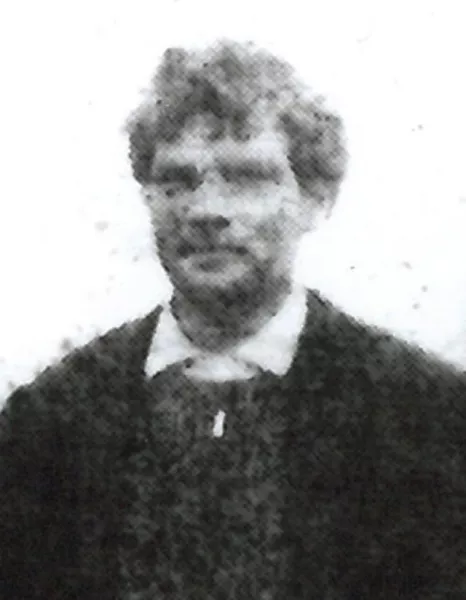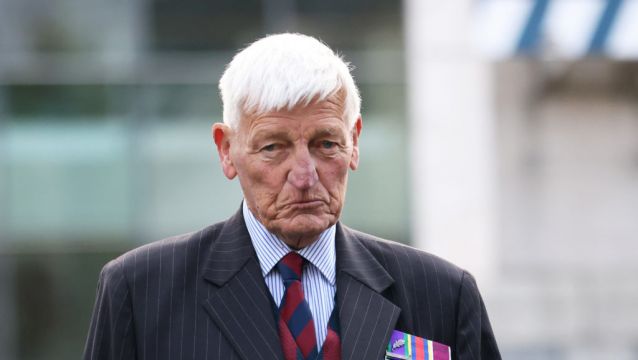Police arrested a former British solider because they suspected he fired the fatal shots which killed a man with learning difficulties in 1974, his trial has been told.
A PSNI note from 2015 also said that officers believed Dennis Hutchings had at least 10 seconds to make a decision whether to use fatal force.
Hutchings is on trial charged with the attempted murder of John Pat Cunningham in Co Tyrone in 1974.
The 80-year-old former member of the Life Guards regiment also denies a count of attempted grievous bodily harm with intent.
Mr Cunningham (27) was shot dead as he ran away from a British army patrol across a field near Benburb.
People who knew him said he had the mental age of a child and was known to have a deep fear of soldiers.

The fifth day of the non-jury trial heard evidence about the police decision to arrest and bring Hutchings to the North in 2015, more than 40 years after Mr Cunningham was shot.
Detective Chief Inspector Neil McGuinness, from the PSNI’s Serious Crime Branch, gave evidence on Wednesday and was asked to read out a note from colleague DCI Peter Montgomery handwritten in April 2015 which set out the police’s reasons for arresting Hutchings.
The prosecution contends that two soldiers, A and B, fired five shots in total at Mr Cunningham as he fled across a field. They also contend the individual referred to as soldier A in witness statements from the time was Hutchings, from Cawsand in Cornwall.
The note from Mr Montgomery said that a 1975 interview of soldiers A and B was “ineffective and substandard” and made no effort to establish the facts.
It continued: “The current inquiry has conducted further witness interviews with both civilians and military.
“I have had a scene reconstruction using police officers completed based on witness accounts. Following this it has been established that Hutchings had at least 10 seconds minimum to make a decision as to whether to use fatal force against JP (Cunningham), or use less lethal options.
“He chose the lethal force and has failed to account for this based on legal advice he received at the time.
“JP was shot in the back, running away and was not in possession of any firearm or terrorist related munitions.

“I want for Hutchings to account for this, because even if he claimed that there was a threat, it diminished with every footstep running away from Hutchings.
“There was a significant military presence at the scene which could have been used in a less lethal fashion to affect an arrest.
“A recording made by a police car driving at 20, 30 and 40mph will show the time Hutchings had to look at JP at the side of the road before deciding he needed to pursue him, intervene and act in concert with Soldier B.
“The military acted under the yellow card guidance. Hutchings has never given an account as to why he failed to follow the guidance, he has never given an account of whether he fired a warning shot or whether his shots were aimed shots.
“Soldier J, in his account, claims he ran down the road with B, after B fired into the field. As they did, they heard another two shots within the field. This could only have been Hutchings as only A and B fired. I suspect this was the fatal shots fired by Hutchings.”
Prosecuting barrister, Charles McCreanor QC asked Mr McGuinness if he was in agreement or disagreement with the decision made by Mr Montgomery, to which the witness replied: “I was in agreement.”
The trial continues.







